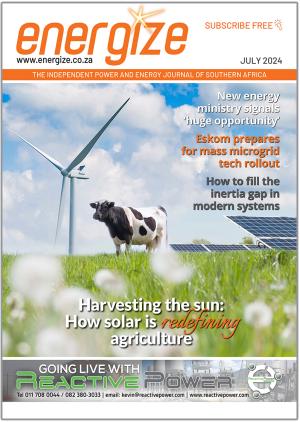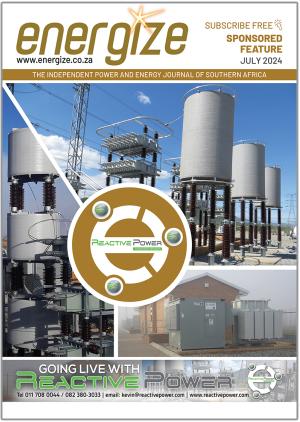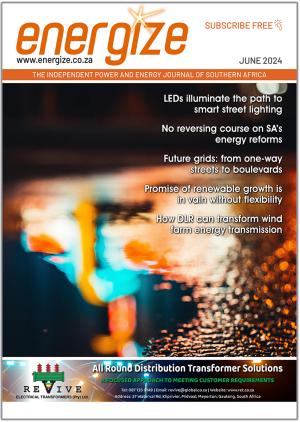Site licencing for an energy generation project is usually both multidisciplinary and complex, and even more so for nuclear energy; SRK Consulting’s technical involvement in a recent such project for the national energy provider demonstrates the breadth and depth of its expertise, according to SRK partner and principal engineer Bruce Engelsman.

The safety focus makes investigating the technical feasibility of a nuclear energy project a substantial endeavour in itself, explained Engelsman, drawing on myriad disciplines and specialists. After detailed studies, the proposed site for a nuclear installation must then be authorised by South Africa’s National Nuclear Regulator (NNR). The regulator also exercises regulatory control over the subsequent design, construction, operation and decommissioning of nuclear installations.
“A range of site safety reports form a critical part of these projects, as they evolve from concept to feasibility stage,” he said. “These intricate processes can take many years, and involve careful investigation of all related risks.”
In the recent site investigation project for the national energy provider, SRK Consulting was engaged to explore all aspects of site licencing except for the seismic hazard, geology and oceanography and coastal engineering. In addition to harnessing its considerable internal resources, the company also engaged a vast array of independent technical consultants. These were experts in specific fields such as risk assessment, meteorology, ecology and town planning, to name a few.
He highlights that any nuclear project is governed by stringent international quality and safety standards, and the global nuclear community keeps a close eye on how all work is conducted. Apart from the NNR, there are typically other bodies involved – such as the International Atomic Energy Agency and the International Atomic Energy Commission – which also prescribe to a large extent what is required in the studies and data. The regulations of the US Nuclear Regulatory Commission can be referred to if there are gaps or uncertainties in the local framework.
“All our work is then reviewed by the national energy provider, and then by international experts appointed by the NNR – so this is a highly controlled environment with many checks and balances in place,” he said. “To align with these controls, we developed project-specific quality assurance plans, for instance; and as the work progresses, we are regularly audited on all these aspects.”
Among the technical topics which SRK Consulting was engaged to explore were: geography; ecology; demography; land, water and sea use; transport routes; nearby industrial and military facilities; meteorology; hydrology; geohydrology; water supply; geotechnics and potential radiological impacts. Engelsman was the lead on the geotechnical data gathering, including drilling, sampling and laboratory testing.
Key to studies on the geography of a suitable site are many considerations such as the proximity of people, animals, other facilities and food production and consumption. Monitoring is also vital, and needs to be conducted in some cases over years to deliver the required accuracy. This includes monitoring of groundwater and meteorology – the latter requiring the establishment of weather stations on site.
A project of this scale took a great deal of coordination, and was project managed by SRK principal engineer Derry Holmes. This included the management of sub-consultants, who respectively tackled sections such as meteorology, demography, land use, emergency planning, radiological impact and nearby hazards.
“The essential focus of all this work is to identify and mitigate risks,” said Engelsman. “These could either be risks that external factors pose to the power station, or that the facility could pose to the natural and human environment.”
















